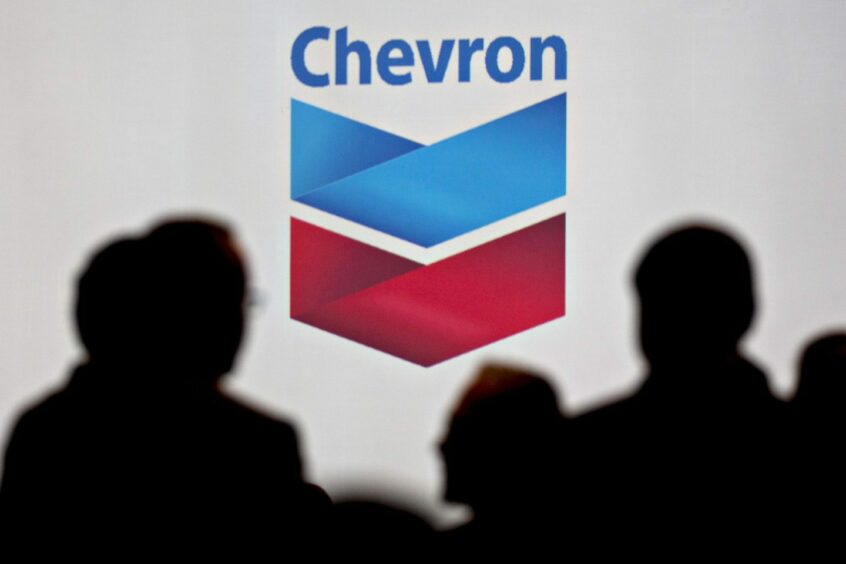
Chevron (NYSE:CVX) plans to spend about $2.5 billion building up its hydrogen business this decade as the oil major accelerates investment in low-carbon technologies.
Chevron will develop both green and blue hydrogen, said Austin Knight, vice president of hydrogen at the company’s New Energies unit. The former is made with renewable energy, while the latter is created from natural gas equipped with technology to capture emissions.
The news follows hot on the heels of TotalEnergies and BP announcing huge investment plans for green hydrogen on successive days earlier this week, which provided a vote of confidence for the nascent sector.
Chevron announced last autumn that it was allocating $10 billion toward developing renewable fuels, hydrogen and carbon capture through 2028, but it didn’t specify how that money would be split among various technologies.
“What you see right now is a shift to broader energy solutions with hydrogen and moving more into clean hydrogen,” Knight said at a conference in London hosted by the Financial Times. “We want to be a part of that ramp-up.”
Hydrogen is poised to be a key part of global efforts to reduce greenhouse-gas emissions. The clean-burning fuel can replace natural gas or coal in heavy industrial processes that otherwise are difficult to decarbonise. U.S. President Joe Biden’s infrastructure plan included funding to build at least four hydrogen hubs.
“We should set the rules very clearly around what low carbon actually means, and then let the markets work to deliver real carbon reduction,” Knight said.
At the same time, Chevron is among the oil refiners being pressured by the Biden administration to improve capacity as the soaring price of gasoline at U.S. pumps feeds record inflation — and unprecedented profit margins. The San Ramon, California-based company’s shares have risen more than 30% so far this year.
Hydrogen made from natural gas with carbon capture can be built at larger scale today than the renewable power-based alternative, Knight said. Still, European oil majors such as France’s TotalEnergies SE and the UK’s BP Plc are targeting multibillion-dollar investments in green hydrogen projects.
On Wednesday BP announced it will take a 40.5% interest in the Asian Renewable Energy Hub, estimated to cost $36 billion, that aims to start producing green hydrogen later this decade.
BP’s deal announcement came just 24 hours after TotalEnergies said it will buy a 25% stake in India’s Adani New Industries (ANI) to take part in a $50 billion push to create “the world’s largest green hydrogen ecosystem”.
Following the flurry of announcements, energy research firm Wood Mackenzie said that “hydrogen is a wonder-fuel and can decarbonise all sectors of economy. In Wood Mackenzie’s 1.5-degree scenario analysis, low carbon hydrogen demand reaches over 600 Mt in 2050 from under 1 Mt today. We estimate $3.5 trillion is needed to build renewable electricity supply and electrolyser capacity by 2050. The demand growth will be mainly driven by China, India, Japan, Korea, Europe, and the US.”
“Hydrogen also offers significant export opportunities to countries blessed with renewable energy resources and we expect Australia, Middle East and North America to emerge as dominant players in the traded market for hydrogen and ammonia longer term,” added the firm.
Recommended for you
